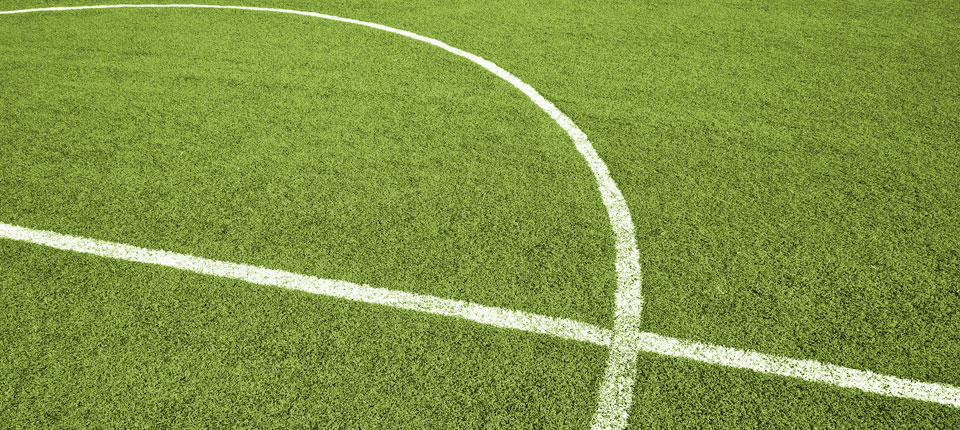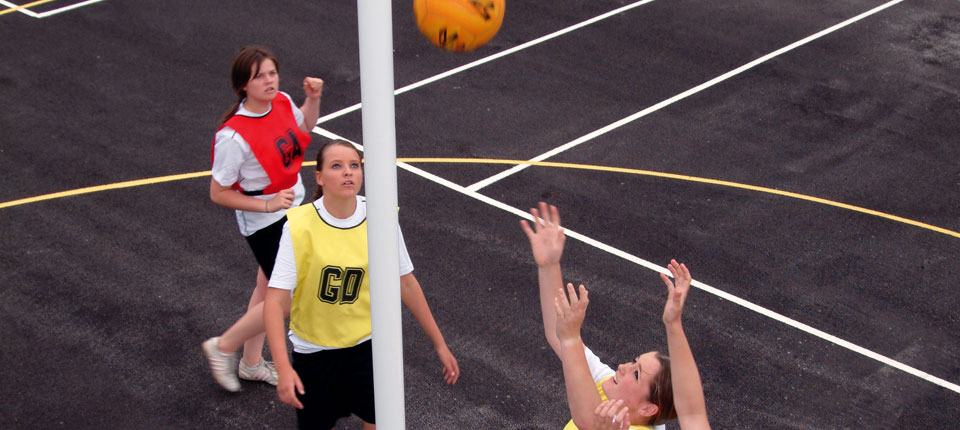Artificial Surfaces for Netball
The game of netball demands some quite specific surface characteristics.
Sufficient slip resistance is vital as any sliding of a landing foot will mean possession is lost to the opposing team. The surface has also to allow for players to safely rotate on the balls of their feet without putting undue stress on knees and ankles.
Shock absorbency is important as players joints can be put under intense stress particularly during leaps and landings. However, a surface should not be too bouncy as this will slow the game down too much.
There are specific requirement in terms of line markings, not just in terms of acceptable court size but also in terms of the paint used, the slip resistance properties of that paint and also the width of the markings.
With netball predominantly being played during the Autumn/Winter months, for outdoor courts the permeability is also an important aspect of the surface design that must be taken into consideration.
There are different classifications of court surface which represent different levels of netball play. International/elite level netball is played indoors on area elastic or point elastic flooring (a Class 1 or Class 2 surface). Club level or community level netball can be played outdoors on either a shock absorbing surface (Class 3 surface) or a non-shock absorbing surface (Class 4 surface).
At SSL we work in accordance with England Netball criteria to ensure we provide design solutions that carefully take into account these, and many other factors. All of this ensures the quality and longevity of the facility being built or resurfaced, and that netball can be played to the required performance standards.

